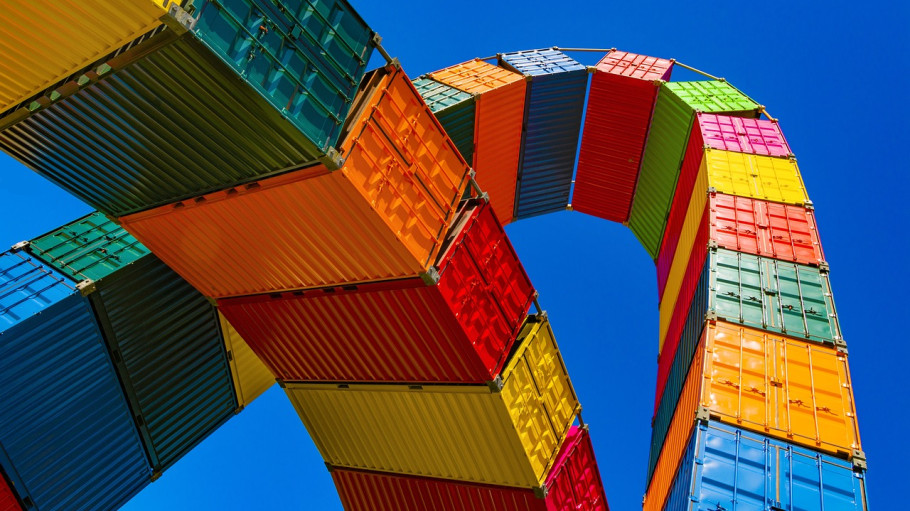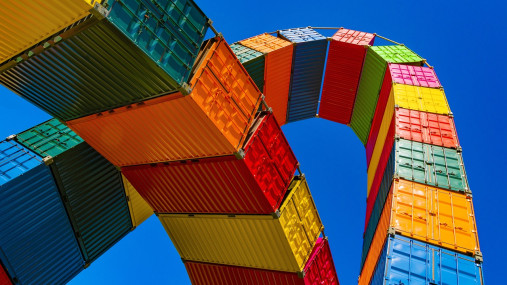
Press releases » EU safeguard renewal crucial for steel market stability, but long-term solution needed to tackle global excess capacity, urges EUROFER
EU safeguard renewal crucial for steel market stability, but long-term solution needed to tackle global excess capacity, urges EUROFER
Downloads and links
Recent updates

Brussels, 25 June 2024 – The EU decision to continue the steel safeguard for another two-year period is a much-needed step towards ensuring the stability of the steel market amidst the highest levels of import penetration ever recorded in the EU. However, as global excess capacity is projected to increase even further in the coming years, a longer-term solution needs to be developed to address this structural challenge, says the European Steel Association.
“We welcome the extension of the EU steel safeguard, as the import penetration situation today is even worse than six years ago when the process was initiated. This problematic evolution has been fuelled by worsening global excess capacity, which now stands at four times the size of EU steel demand”, said Axel Eggert, Director General of the European Steel Association (EUROFER). “Europe has become a favourite export market for carbon-intensive excess capacity while we strive for decarbonisation leadership. This is a structural problem that poses an existential threat to all EU clean tech value chains at a crucial time for our transition. Safeguards will cease in just two years from now. We need to find a new, long-term solution to address this situation”, he added.
The European Commission’s proposal to extend the steel safeguard until June 2026 was adopted by a strong majority of EU member states. As explained in the Commission decision, since 2021 steel import penetration in the EU has even exceeded the levels recorded before the initiation of the safeguard in 2018. This has resulted in an injurious impact on the European steel industry.
During the past safeguard period, the global steel market saw excess capacity increasing by nearly 50 million tonnes, from 514 million tonnes in 2019 up to close to 560 million tonnes in 2023. This volume is four times the total steel demand of the EU. Furthermore, according to the OECD, approximately 158 million tonnes of new capacity is potentially coming on stream until 2026, while steel demand is currently growing by only around 36 million tonnes per year.
The surge in EU imports has been driven by exporting countries where steel capacities have expanded most significantly, notably in Southeast Asia (in particular ASEAN members), parts of Middle East and North Africa. In these regions, increasing capacities are far exceeding local steel demand. These expansions are partly fuelled by Chinese-subsidised investments and partly by local investments, often with an explicit export objective. Moreover, Chinese steel exports are pushing other markets to direct steel to the EU market.
“As a new EU cycle is about to begin, we call on all European institutions to tackle excess capacity as a matter of urgency in the upcoming months. We stand ready to support them in this endeavour”, concluded Mr. Eggert.
Contact
Lucia Sali, Spokesperson and Head of Communications, +32 2 738 79 35, (l.sali@eurofer.eu)
About the European Steel Association (EUROFER)
EUROFER AISBL is located in Brussels and was founded in 1976. It represents the entirety of steel production in the European Union. EUROFER members are steel companies and national steel federations throughout the EU. The major steel companies and national steel federation of Turkey and the United Kingdom are associate members.
The European Steel Association is recorded in the EU transparency register: 93038071152-83.
About the European steel industry
The European steel industry is a world leader in innovation and environmental sustainability. It has a turnover of around €191 billion and directly employs around 303,000 highly-skilled people, producing on average 140 million tonnes of steel per year. More than 500 steel production sites across 22 EU Member States provide direct and indirect employment to millions more European citizens. Closely integrated with Europe’s manufacturing and construction industries, steel is the backbone for development, growth and employment in Europe.
Steel is the most versatile industrial material in the world. The thousands of different grades and types of steel developed by the industry make the modern world possible. Steel is 100% recyclable and therefore is a fundamental part of the circular economy. As a basic engineering material, steel is also an essential factor in the development and deployment of innovative, CO2-mitigating technologies, improving resource efficiency and fostering sustainable development in Europe.

Download files or visit links related to this content
Strasbourg, 17 December 2025 – The European Commission’s latest proposals on the Carbon Border Adjustment Mechanism (CBAM), unveiled today, correctly identify several loopholes that risk undermining its effectiveness, notably regarding EU exports, downstream sectors and circumvention practices. However, despite these laudable efforts, the measures put forward fail to deliver a comprehensive and durable response to carbon and jobs leakage, warns the European Steel Association (EUROFER).
A milestone occasion to quickly and effectively restore affordable electricity, to relaunch the
decarbonization and strengthen the international competitiveness of the European steel
industry.
Brussels, 02 December 2025 – Unchanged negative conditions – U.S. tariffs and trade disruptions, economic and geopolitical tensions, protracted weak demand and still high energy prices – continue to weigh on the European steel market. EUROFER’s latest Economic and Steel Market Outlook confirms for 2025 another recession in both apparent steel consumption (-0.2%, unchanged) and steel-using sectors (-0.5%, revised from -0.7%). A potential recovery is expected only in 2026 for the Steel Weighted Industrial Production index (SWIP) (+1.8%, stable) and for apparent steel consumption (+3%, slightly revised from +3.1%) – although consumption volumes would still remain well below pre-pandemic levels. Steel imports retained historically high shares (27%), while exports plummeted (-9%) in the first eight months of 2025.